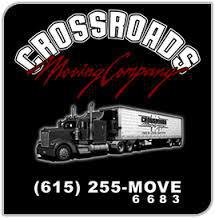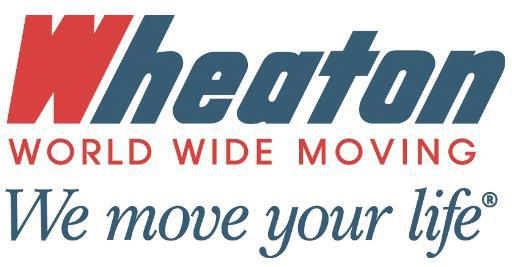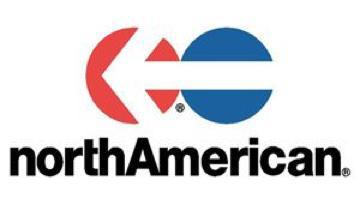Arkansas Movers Top Rated
(888) 787-781330 Movers in Arkansas
Page 1/2
Great Arkansas Moving Companies
The best Arkansas moving companies are within your grasp. Start by reading local moving company reviews and find the best Arkansas movers for you. If you need a cross country movers AR, check out Interstate Arkansas moving reviews. The best Arkansas priced movers are out there, and it's our mission to help you find them. At Moving Authority, we aim to provide the most accurate Arkansas movers cost estimate and discount relocation rates. If you need Arkansas interstate movers, we'll connect you with the top state to state moving company. Moving within Arkansas has never been so doable. Make sure to keep reading for a free moving quote and little-known moving tips.
When it's time to move your furniture, it's time to find an American moving company that you can trust. With so many Arkansas long distance movers are out there, it seems difficult to choose the right one. If you need local movers or self-service movers, the search doesn't seem easier. Luckily, with so many Arkansas moving company reviews and free moving estimates, you can find the mover for you. At Moving Authority, we want to make you an informed consumer. That's why we offer a moving cost estimate free of charge, and information on the best car transport in Arkansas.
Residential Moving, Unpacked: The Facts You Need to Know
- As the most common type of move, residential moves are conducted when a customer is moving from one home to another.
- This can mean that you’re moving from one apartment to another one, from apartment to house, house to house, or house to the apartment.
- The movers who perform residential moves are flexible and highly skilled, as residential moves can be as simple as a single person moving from one apartment to a new one or an entire family moving from a house to an even larger house.
- The services offered by moving companies Arkansas can be as minimal as two men and a truck, or a full-service pack and wrap along with the actual moving and loading/unloading processes.
- If you are able to label a floor plan with your desired placement of large furniture items, this is a huge help to your movers. They can put everything right where you want it when they load your stuff into your new place.
- It doesn’t matter how near or far your move may take you; moving from one home to another will be a big deal. It’s best to begin planning as soon as possible, and when you book movers Arkansas, you can rest assured that your relocation will be done with the best expertise.
4 Hassle-Reducing Tips for Moving with Children
- Make A List, Check It Twice. You can take control of your relocation when you create a checklist and stick to it at every step of the way.
- DON'T Drive. If your relocation is taking you far away, it might be better to take a plane with your kids rather than drive.
- Delegate Duties. Your kids can actually be a huge help in your move! You can teach them how to throw away unwanted things and sort out their stuff.
- Don't Snooze On It. It's never too soon to be organized. Start early and thoroughly.
4 Unexpected Architectural Wonders in Arkansas
- Crystal Bridges Museum of American Art, Bentonville
- Thorncrown Chapel, Eureka Springs
- Arkansas Art Center, Little Rock
- Arkansas State Capitol, Little Rock
5 Delectable Eateries You’ll Crave in Arkansas
- Oark General Store and Cafe (Oark, AR)
- Dondie’s White River Princess (Des Arc, AR)
- Cliff House Inn (Jasper, AR)
- Doe’s Eat Place (Bentonville, AR)
- Parachute Inn (Walnut Ridge, AR)
Movers By City in Arkansas
Do you know?

- A moving company, removalist, or van line are all companies that help people as well as other businesses to move their goods from one place to another. With many inclusive services for relocation like packing, loading, moving, unloading, unpacking and arranging of items can all be taken care of for you. Some services may include cleaning the place and have warehousing facilities.
- According to the U.S. Census Bureau, 40 million United States citizens have moved annually over the last decade. Of those people who have moved in the United States, 84.5% of them have moved within their own state, 12.5% have moved to another state, and 2.3% have moved to another country.
- In the United States and Canada, the cost for long-distance moves is generally determined by a few factors. The first is the weight of the items to be moved and the distance it will go. Cost is also based on how quickly the items are to be moved, as well as the time of the year or month which the move occurs. In the United Kingdom and Australia, it's quite different. They base price on the volume of the items as opposed to their weight. Keep in mind some movers may offer flat rate pricing.
- Many people are familiar with this type of moving, using truck rental services, or borrowing similar hardware, is known as DIY moving. Whoever is renting a truck or trailer large enough to carry their household goods may obtain moving equipment if necessary. Equipment may be items such as dollies, furniture pads, and cargo belts to protect furniture and to ease the moving process.
- As most people have experienced, moving does involve having the appropriate materials. Some materials you might find at home or may be more resourceful to save money while others may choose to pay for everything. Either way materials such as boxes, paper, tape, and bubble wrap with which to pack box-able and/or protect fragile household goods. It is also used to consolidate the carrying and stacking on moving day. Self-service moving companies offer another viable option. It involves the person moving buying a space on one or more trailers or shipping containers. These containers are then professionally driven to the new location.
- There many reasons for moving, each one with a unique and specific reason as to why. Relocation services, employee relocation, or workforce mobility can create a range of processes. This process of transferring employees, their families, and/or entire departments of a business to a new location can be difficult. Like some types of employee benefits, these matters are dealt with by human resources specialists within a corporation.













